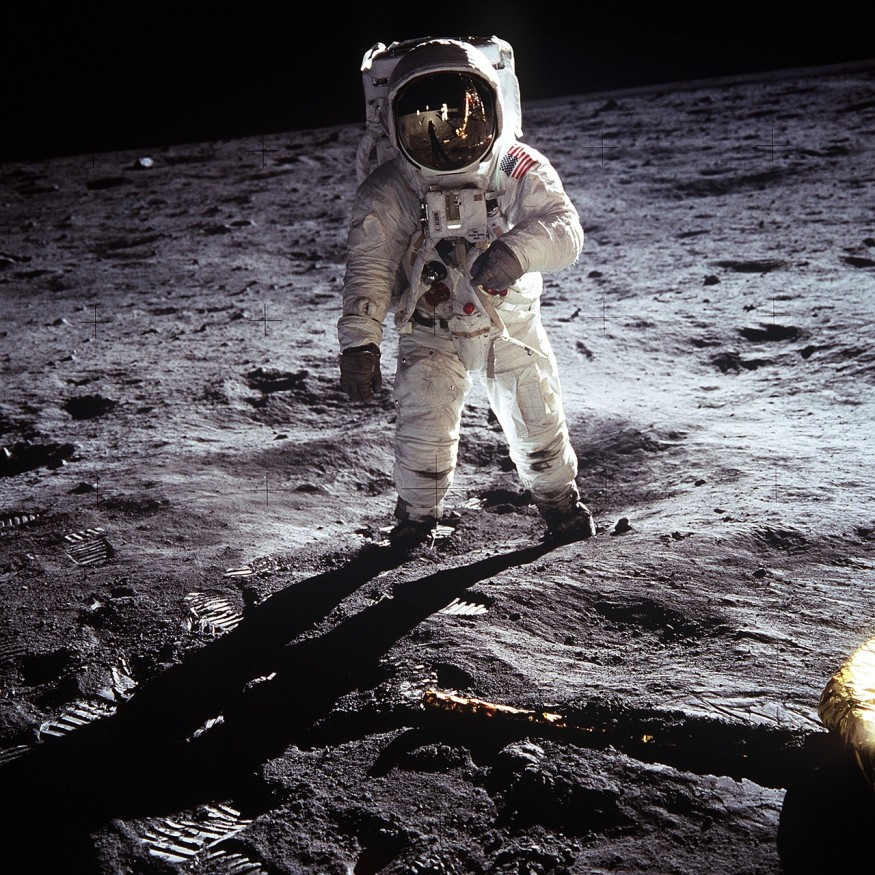India has successfully landed near the Moon's South Pole, becoming the first country ever to do so. The landing of the South Asian nation's Chandrayaan-3 spacecraft on the lunar South Pole region on August 23 highlights the advance of the Indian space program. It also marks India in history to be the 4th country to land on the Moon after the United States, China, and the Soviet Union (currently Russia).
Since the NASA-led, Moon-landing Apollo missions from the early 60s until the early 70s, humans have not returned to our lunar neighbor until 2013 when China's Chang'e-4 spacecraft successfully landed on the far side of the Moon. Now, the Chandrayaan-3 lunar lander has set the stage for a new era of further lunar missions and large-scale expeditions.
Why Did India Land on the Moon?

Aside for the purposes of space exploration for the sake of human curiosity, one might wonder why did India landed on the Moon's South Pole region? After all, the dark side of the Moon has been a subject of imagination and mystery, as portrayed in films in previous years.
One of the key factors as to why the selected lunar site is unique is due to unexplored area consisting of craters and landscapes that are potentially more ancient than the ones discovered by the Apollo missions. It could also be rich in resources that future astronauts could use.
For now, India has planned to name their landing area near the lunar South Pole as "Shiv Shakti Point," where "Shiv" in Sanskrit translates to 'Shiva' and "Shakti" means 'power.' On the other hand, there were no astronauts on board the Chandrayaan-3 spacecraft. This means the U.S. is the only country to have sent humans to the Moon, including Astronaut Neil Armstrong.
Lunar South Pole
According to NASA, the Moon's South Pole is a place full of intrigue, mystery, and science, adding that its contrasting conditions make it hard for humans to land, as well as live and work, in the context of human lunar exploration. In the age of lunar rovers and other breakthrough robot missions, the lunar South Pole still remains largely unknown.
One of the largest hindrances to fully exploring the said lunar region is due to its position relative to our Solar System's source of light, the Sun. NASA explains that even if the Sun hovers below or above the horizon, there are places in the Moon's southern part that have high mountains that shadow deep craters. These shadowed regions have not received sunlight for billions of years, the U.S. space agency adds.
Based on multiple reports, some of the reasons why humans have not gone back to the Moon is first and foremost, the so-called space race between the U.S. and Russia is over already. Another reason is that the U.S. government cut the federal budget for NASA in previous decades, according to the National Air and Space Museum.
© 2025 NatureWorldNews.com All rights reserved. Do not reproduce without permission.





